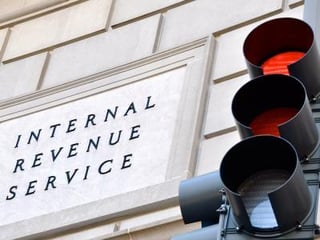
According to a 2016 report from the Treasury Inspector General for Tax Administration, the IRS mailed more than 188 million notices and letters to taxpayers during 2014. There’s no reason to believe the number of notices will be any less this year. If you’re one of those taxpayers on the IRS mailing list, here’s what to do.
- Scan the heading. The first line, generally printed in bold type and centered beneath your name and address, will tell you why the IRS is contacting you. Questions about missing information, additional taxes owed, or payments due mean you’ll want to take prompt action to avoid more notices or assessments of interest and penalties.
- Review the discrepancy. You’ll find the tax form and the year to which the notice applies printed in the upper right corner. Pull out your copy of the corresponding tax return, along with the supporting documents, and compare what you filed with what the IRS is questioning.
- Prepare your explanation. Are the proposed changes correct? Did the IRS misapply a payment? Whatever the issue, there’s usually no need to file an amended return. However, the IRS typically wants a response, by either phone or mail, in order to clear the notice from your account.
- Do not delay. Ignoring IRS correspondence will not make it go away. Reply to the IRS in a timely manner even if you don’t have all the information being requested.
Please contact us as soon as you receive a notice from the IRS or state or local taxing authority. We’re here to set your mind at ease by helping you resolve the matter as quickly as possible. We will review your tax notice, provide guidance on next steps, and represent you over the phone to the applicable taxing authority if requested.

